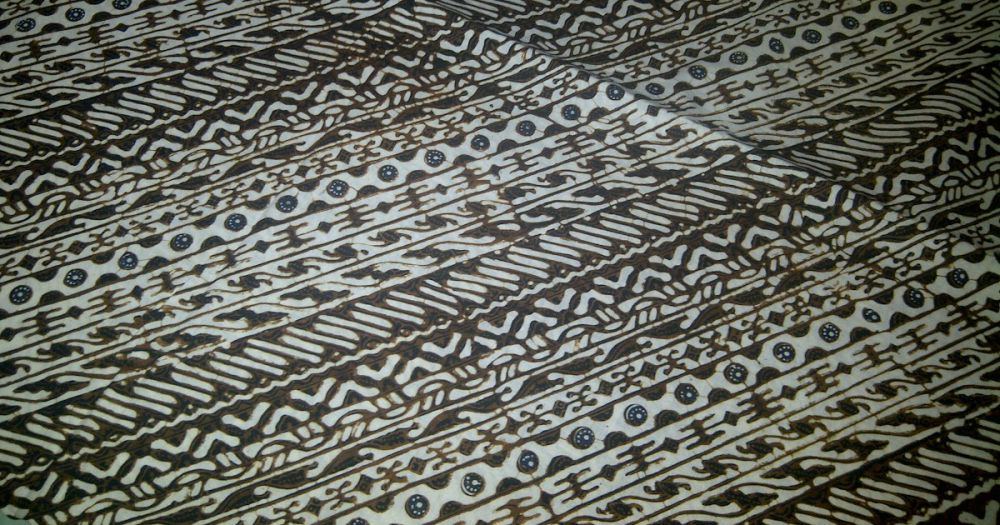Yogyakarta royal family wearing traditional batik during the wedding of GKR Bendara, one of Sultan Hamengkubuwono X in Keraton (Photo via Reuters)
Brilio.net/en - Originallyfrom Java, Indonesian batik is traditionally made from natural materials such as cotton and silk using wax and a pen-like tool called canting, where the fabric is later on dyed in natural color pigments.

President Jokowi and Vice President Jusuf Kalla celebrating Batik Day in 2014.(Photo via Berita Daerah)
Generally, there are two types of batik based on their patterns and colors. One would beBatik Pesisir, which originatesfrom coastal regions such as Cirebon, Pekalongan, and Madura, known for its bright colors and lighter design, and typically features natural elements such as butterflies, birds, flowers, and plants.
Another type,Batik Pedalaman or Batik Kraton,is originally from Surakarta (Solo), Yogyakarta, and the surrounding areas, and typicallycomes in neutral colors such as brown, black, and deep blue, with patterns that are more geometric.
But while the different varieties of batik may be equally beautiful and enchanting in their design, there isalso more than meets the eye when it comes to these fabrics. Today, asthe nationcelebrates National Batik Day,we look into the philosophies and hidden meanings behind popular batik patterns.
1) Kawung

Kawung pattern (Photo via Batik-tulis)

Kawung pattern (Photo via Danar Hadi)
This is the oldest batik design and falls under Batik Laranganor patterns that are createdexclusively for Javanese royals. Having existedsince 13th-century Java, kawung, which is characterized by intersecting geometrical circles, reflects the slices of sugar palm fruit called arenandsymbolizes hope and a bright future behind every struggle and hard work.
2) Udan Liris

Udan liris (Photo via Icelemontea-batik)
Udan liris (hujan gerimis or light rain) is another type of Batik Larangan. It comes with seven batik patterns that are arranged into horizontal rows. Udan liris symbolizesone'shope for prosperity and salvation, as the rain is considered a gift from God and a sign of forthcoming prosperity.
3) Semen Sidomukti

Semen Sidomukti (Photo via Gapey Sandy)
With the words Sido (to become) and mukti (honorable) to its name, thesidomukti pattern reflects a prosperous life and eternal happiness. This pattern is usually worn by brides and grooms during their wedding ceremony.
4) Parang Rusak

Parang rusak (Photo via Kesolo)
This popular batik pattern was created by Panembahan Senopati, the founder and first king of 16th-century Mataram Sultanate, inspired by the crashing of waves on rocks along a shore. Parang rusak reflects humanity's endless struggle in defying various challenges and temptations in their pursuit of wisdom and inner strength. The creation of this pattern requiresextreme patience, and legend has it that any mistakes in the process could riskeliminating the fabrics supernatural forces.
5) Parang Klitik

Parang Klitik (Photo via Barang Tempo Doeloe)
Another form of parang, this pattern comes with smaller and lighter outlines. It represents tenderness and a feminine character,depicting a refined manner and prudence. Parang klitikwas typicallyworn by either queens orroyal daughters.
6) Sidoluhur

Sidoluhur (Photo via Rastrabara)
Today, this pattern continues to be part of a wedding tradition and is usually worn by brides in their wedding night. Sidoluhur implies one'shope to become a role model for the society.
CLICK NEXT TO SEE MORE BATIK PATTERNS AND THEIR MEANINGS
(brl/red)